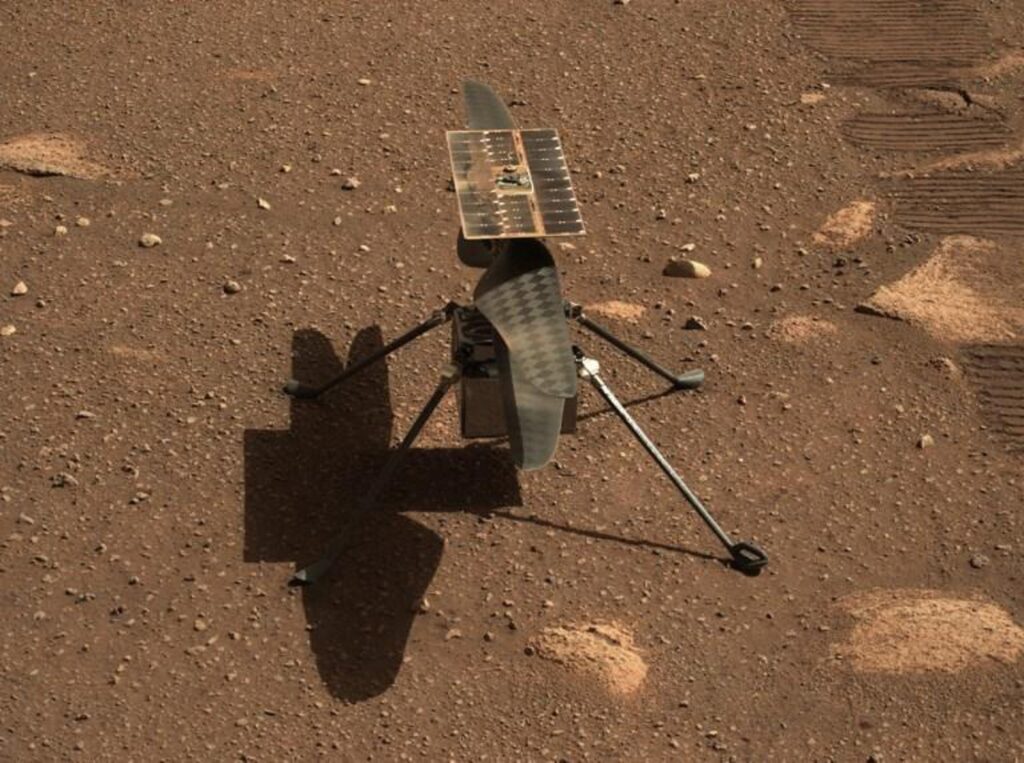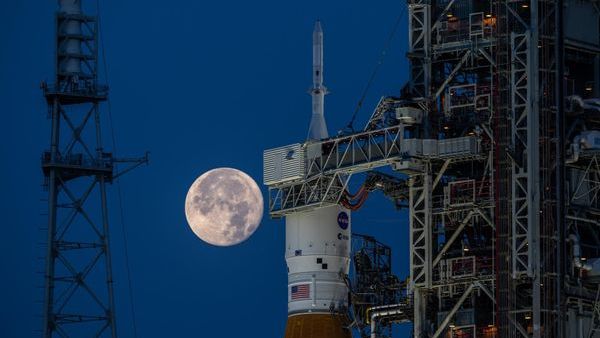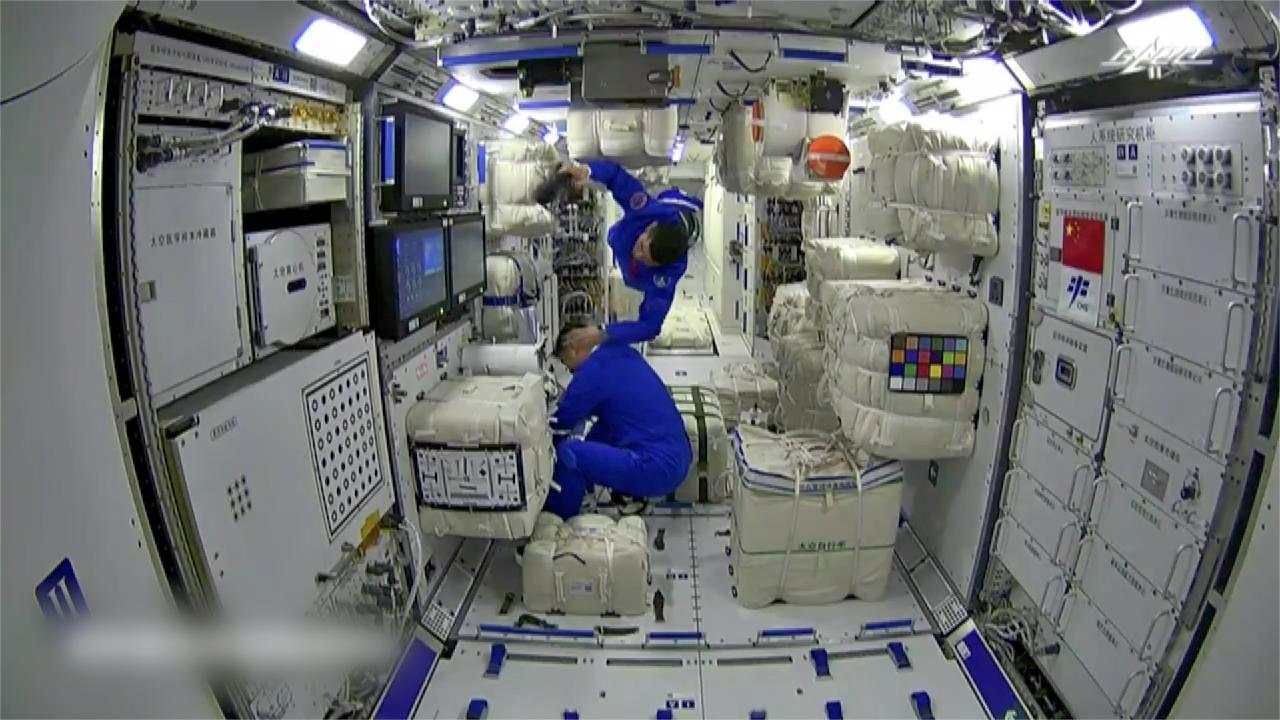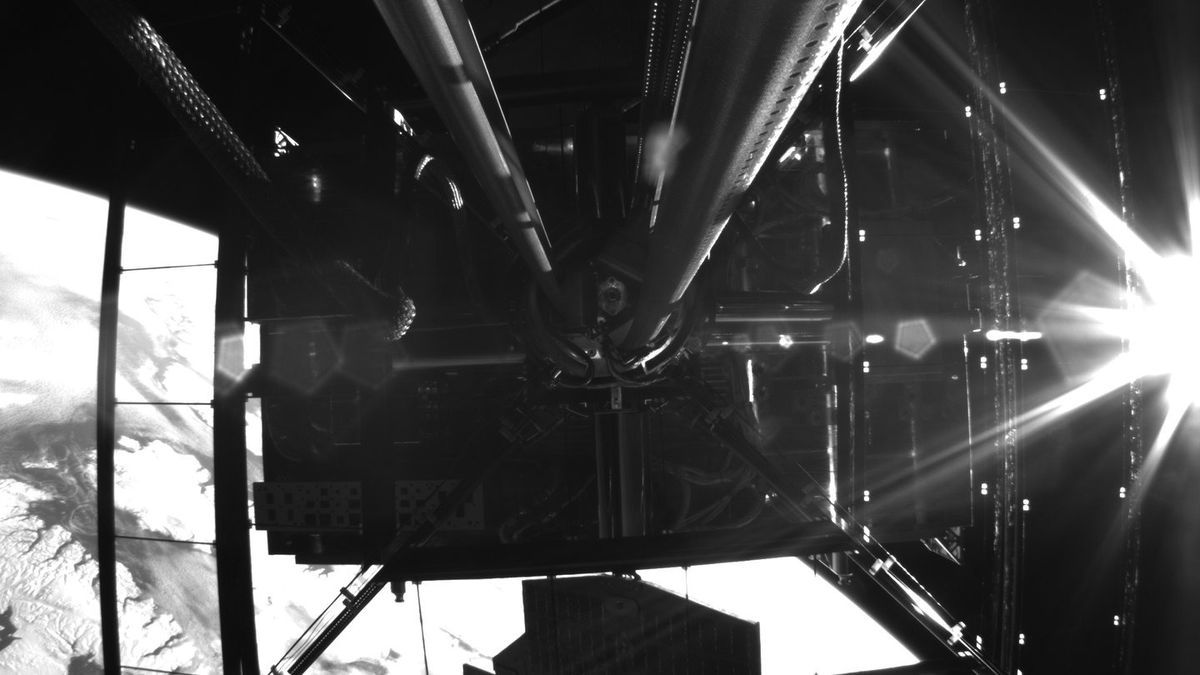French astronomers using the NOEMA radio telescope array discovered a complex variety of chemicals in two 12-billion-year-old galaxies. The galaxies APM 08279+5255 and NCv1.143 reveal ancient star formation. While NCv1.143 is a normal galaxy, APM 08279+5255 has a quasar. Despite their differences, both galaxies generate stars several hundred times faster than our Milky Way.
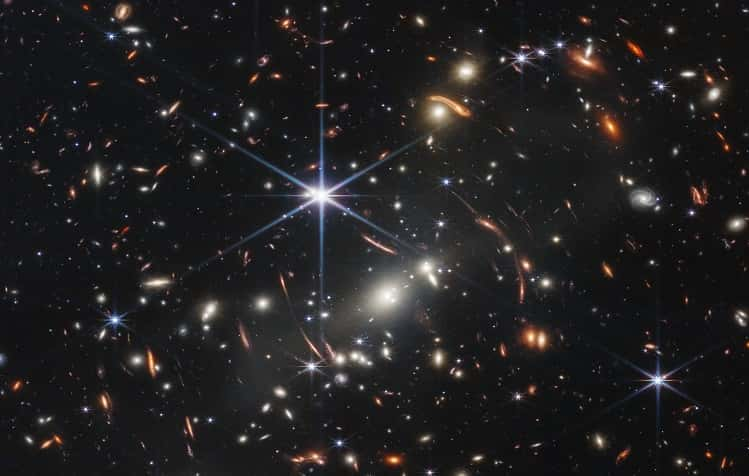
NOEMA Telescope Reveals Unprecedented Molecules in Distant Galaxies
The researchers, led by Chalmers University of Technology’s Chentao Yang, used the Northern Extended Millimetre Array (NOEMA) to discover emissions from 13 chemicals in these distant galaxies. This is the greatest collection of molecules ever found in galaxies 20 billion light-years away due to cosmic expansion.
Carbon monoxide, hydrogen cyanide, and water are recognized molecules. Note that five molecules have never been seen in the early cosmos. Cyclopropenylidene, found on Titan, and diazonium, a molecular nitrogen-hydrogen ion molecule, are examples. These chemicals, discovered in interstellar gas in our Milky Way, reveal their creation conditions, especially in star-forming regions.
The study found that the quasar at APM 08279+5255 had increased molecular gas activity, likely because of the black hole. However, NCv1.143’s molecular composition mirrors neighboring starburst galaxies like the Cigar Galaxy, indicating a 12-billion-year-old pattern.
READ ALSO: A star is born! How cosmic winds are a key step in stellar formation
Carbon Emissions in Distant Galaxies Uncover Clues to Early Universe’s Stellar Evolution
The strength of carbon dioxide emissions suggests a “top-heavy initial mass function,” indicating that big stars formed more often in the early cosmos than today. This may explain the James Webb Space Telescope’s higher luminosity of early universe galaxies, indicating a richer mix of large, brighter stars. More massive stars suggest rapid chemistry, distributing heavy elements throughout these ancient galaxies.
This unexpected discovery illuminates the molecular tales of the most unusual galaxies in the early cosmos, revealing their distinctive chemistry and helping us understand cosmic history.
READ ALSO: Scientists find record-breaking collection of molecules in 2 extremely ancient galaxies

